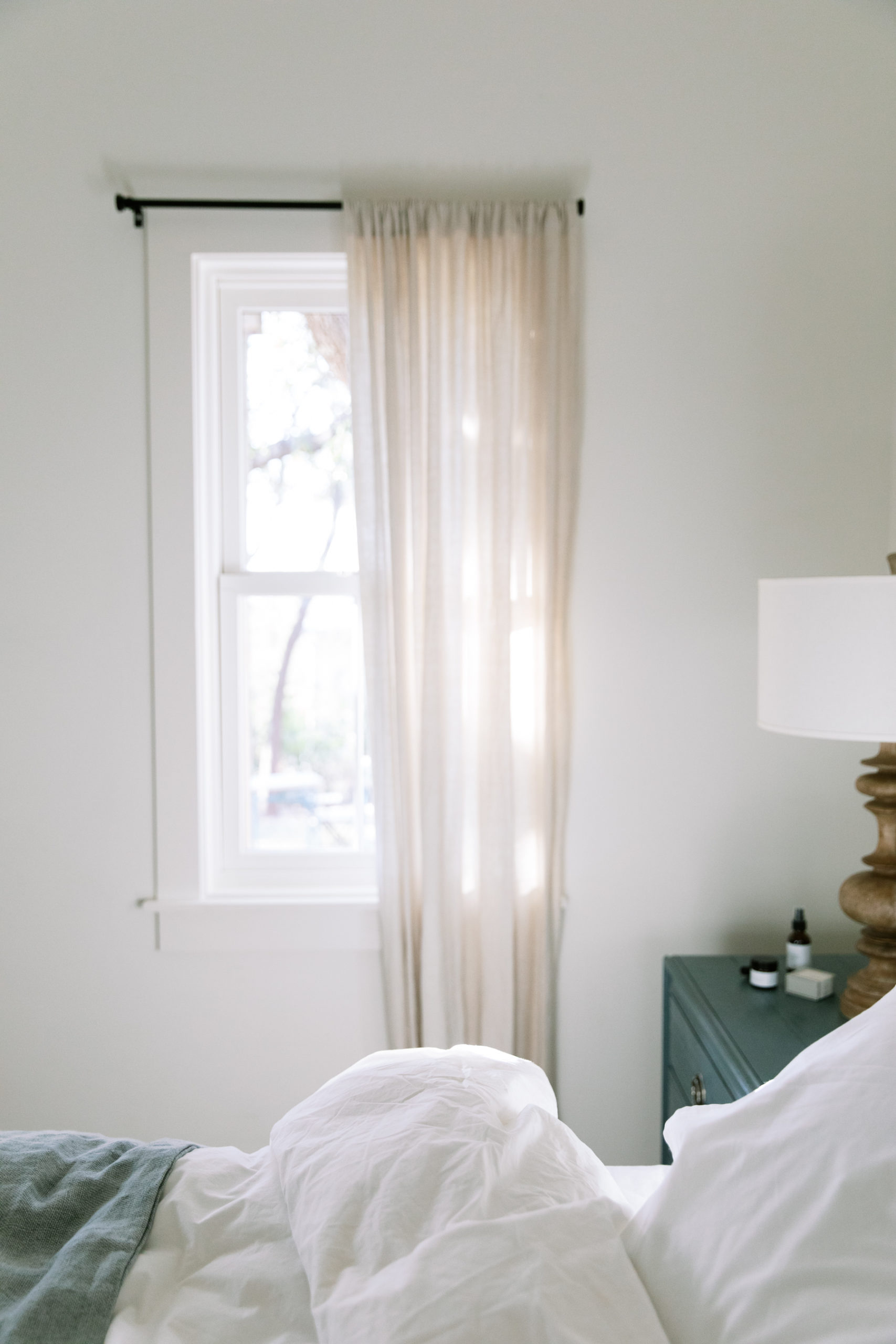How to Manage Seasonal Depression
What is Seasonal Depression?
“Seasonal Depression” is a term that often gets attention around this time of year. With the weather changing from summer to fall, the days getting shorter and the sun well, less sunny, mental health challenges can set in. As we begin to settle more inwards this fall and winter season, it’s important to understand some of the emotions, feelings and sensations that can come into play and how you can manage seasonal depression.
The Mayo Clinic defines seasonal depression as:
“Seasonal affective disorder (SAD) is a type of depression that’s related to changes in seasons — SAD begins and ends at about the same times every year. If you’re like most people with SAD, your symptoms start in the fall and continue into the winter months, sapping your energy and making you feel moody. “
SAD can be felt by those with or without other types of mental health disorder including anxiety, depression or bi-polar disorder.
Who is likely to get Seasonal Affective Disorder?
There are many factors that can determine who and why people can be affected by SAD, here are the most common:
-
Environmental Factors
As the name would suggest, SAD is directly associated with the changing seasons, typically the transition from warmer to cooler months. Not only does the temperature change contribute, but the lack of sunlight also plays a huge role. The further you live from the equator (like here in Canada) the more pronounced the effects can be.
-
Family History
If you experience symptoms linked to SAD, it’s highly likely that a blood relative of yours also suffers from the disorder.
-
Another Mental Health Diagnosis
If you have other diagnosed mental health disorders SAD may worsen the symptoms.
Treat and Manage Seasonal Depression
Supplement your sun exposure with a sun lamp and vitamin boost
As SAD is a seasonally driven disorder, often caused by a lack of sun exposure and vitamin D, it can be helpful to utilize treatment options such as a sun lamp, which can help supplement your lack of sun exposure in the colder months.
Create a safe Indoor space
As you will be spending more time indoors, it can be helpful to create a comforting space to help with self soothing. Finding a sun drenched corner of the couch to enjoy your morning coffee or a couple soft pillows to nestle into while reading a book can be helpful in brightening your day.
Seek additional support
It’s always important to support your mental health with tried and true methods such as some additional therapy sessions or even exploring options like nutrition, supplements or medication.
Rainy Day Tool Kit
It’s inevitable that there will be gloomy cold days this season, but a rainy day tool kit can be just the thing to break you out of a funk or low mood. Use your good days to establish some tools or practises that make you happy or fulfilled. Then, when you have a low day, you can utilize these methods for comfort.
Some examples of things you can have in your tool kit (real or imagined) include:
-
Activities that help you relieve anxiety and depression such as colouring, knitting or writing you your journal
-
A pick-me up playlist of all your favourite songs
-
A favourite snack or comforting drink
-
Meditation or positive affirmations
Struggling with the transition from summer to fall and winter? Contact us today to explore your options for support!








